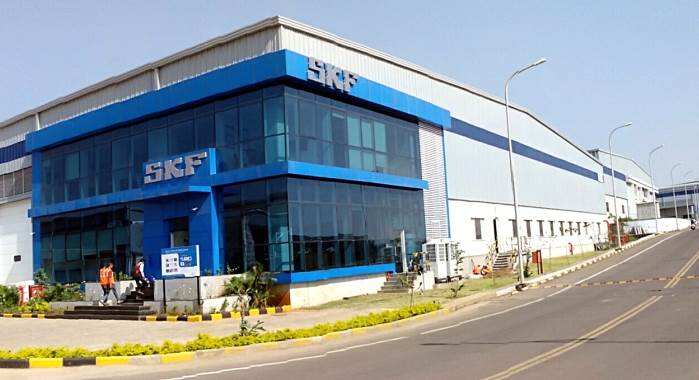 It has been a year since the pandemic hit India. During this period, CFOs had a tough time managing finances. While some had had liquidity, some scrambled for it, and some simply perished. Supply chain issues and uncertain demand trends created huge problems. No sector was spared from the havoc wreaked by the pandemic. Both manufacturing and services took a hit. Even now, the impact is far from over despite vaccinations kicking in.
It has been a year since the pandemic hit India. During this period, CFOs had a tough time managing finances. While some had had liquidity, some scrambled for it, and some simply perished. Supply chain issues and uncertain demand trends created huge problems. No sector was spared from the havoc wreaked by the pandemic. Both manufacturing and services took a hit. Even now, the impact is far from over despite vaccinations kicking in.
On the first anniversary of the virus, ETCFO catches up with SKF India CFO Anurag Bhagania to understand his experience of the pandemic journey, challenges and key learnings.
SKF India is the listed Indian subsidiary of the Sweden-headquartered SKF, which is in the business of manufacturing ball bearings, used for both automotive and industrial applications. SKF India has three manufacturing facilities located in Pune, Bengaluru and Haridwar. It clocked revenue of about Rs 2,800 crore in the financial year 2019-20. Edited excerpts from the interview.
Q: How would you remember the one year of the pandemic?
Anurag Bhagania: It has been some journey so far. The pandemic threw the finance community into unprecedented times, but we all have come up trumps.
Q: What were your major challenges?
Anurag Bhagania: Servicing customers was a big challenge in the initial period. We missed a few opportunities as demand trends were erratic and uncertain.
There were variants requested by our customers with less than 7-10 days window. It impacted our supply chains, and then dented our ability to service full customer demand. Mainly these were on the domestic market side. But now, the situation has immensely improved.
 Q: How did you deal with the supply chain challenge?
Q: How did you deal with the supply chain challenge?
Anurag Bhagania: We dealt with this challenge by becoming extremely agile. We started engaging more and more with our suppliers. The company scaled up its manufacturing capacities.
Today, all our plants are running at full capacity, and with business recovering sharply, demand has outstripped supplies. We continued to scale up our manufacturing capacities.
The company has a total capital outlay of Rs 150-Rs 200 crore for the next financial year, roughly 20 per cent higher than normally we have been investing in the past. Investments into additional capabilities and on the digital side are included into this number.
Q: Did you focus on cost lines more?
Anurag Bhagania: Cost (optimisation) is always a focus for the CFO, and it increased during the pandemic. We would have managed to save on about 10-15 per cent fixed expenses through better resource allocation and a greater focus on digital transformation.
Going forward, we plan to ramp up localisation for our products on the industrial side to 70 per cent from the current 30 per cent in five years.
Q: Can you elaborate more on digital transformation?
Anurag Bhagania: We invested a great deal in digital transformation, both in finance and business. For most of the period, we engaged with our partners, customers, and other associated stakeholders digitally.
Very recently, we launched our own digital platform on which our customers can easily buy our (ball bearing) products. While it may be too early to talk about revenue from this channel, its growth prospects certainly look bright. Already, we have had quite a good number of enquiries, with many of them also translating into revenue opportunities.
Q: What were your key learnings?
The biggest learning was that pandemic made us more agile to changing demand patterns. Also, we realised that it is difficult for both us and our OEMs to put a pulse on the consumer demand pattern for beyond two quarters.SKF India CFO Anurag Bhagania
Q: In the shadow of the pandemic, how are you likely to end FY21?
Anurag Bhagania: We are likely to end FY21 on a flattish note. The good part is that the worst is behind us, and we are certainly seeing a strong business recovery. While some uncertainties may crop up here or there, that should be no reason for us to feel any less optimistic for the growth prospects in the next financial year.
Go to Source